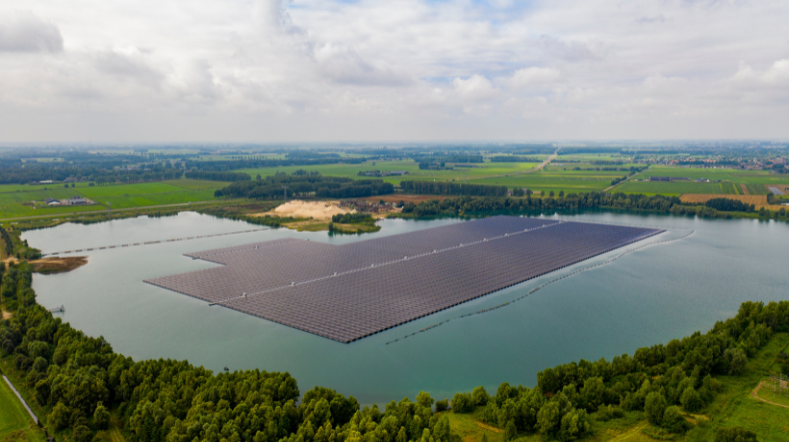
Solar-powered cars
Electricity will power the next generation of transportation technology. Electric cars, buses, trucks, and other vehicles can be made more sustainable with longer ranges and more autonomy with on-board solar power. Solar-powered cars are being introduced to the market with TNO at the heart of the technology development and validation.
Benefits of solar-powered cars
It’s likely that in 2025 there’ll be more than 50 million electric vehicles on the road, powered by renewable electricity sources. We've developed software modelling to demonstrate that solar cells and solar modules on vehicles can enable all kinds of developments:
- driving up to 20,000 km per year on solar energy alone in sunny locations
- 150 to 200 euros of direct savings on electricity costs per year
- the possibility of not having to charge the vehicle in summer
- reducing carbon emissions by 250 kg per year
- 23 to 40% fewer plug-ins at charging points, leaving more general-purpose parking space
- vehicles as a smart and integrated part of the electricity grid and distribution network
Technology for Solar Mobility
With multiple companies we are working to make the 3D and curved solar panels even more energy-efficient and lighter in weight. TNO technology will enable companies like Lightyear, Sono Motors, TUX Mobility and others to integrate the solar cells more easily and effectively into the production process. When designing the solar roof, the experts take account of:
- the technical capabilities of the solar cells
- the technical requirements of the car manufacturers
- the legal safety requirements
- the wishes of consumers
Future design
Our developments are based on both the silicon PV technology that is available today as well as thinking about the solar technology of the future like perovskites and tandems. This will enable a fast development time to ensure the best solar technology is available for solar mobility applications.
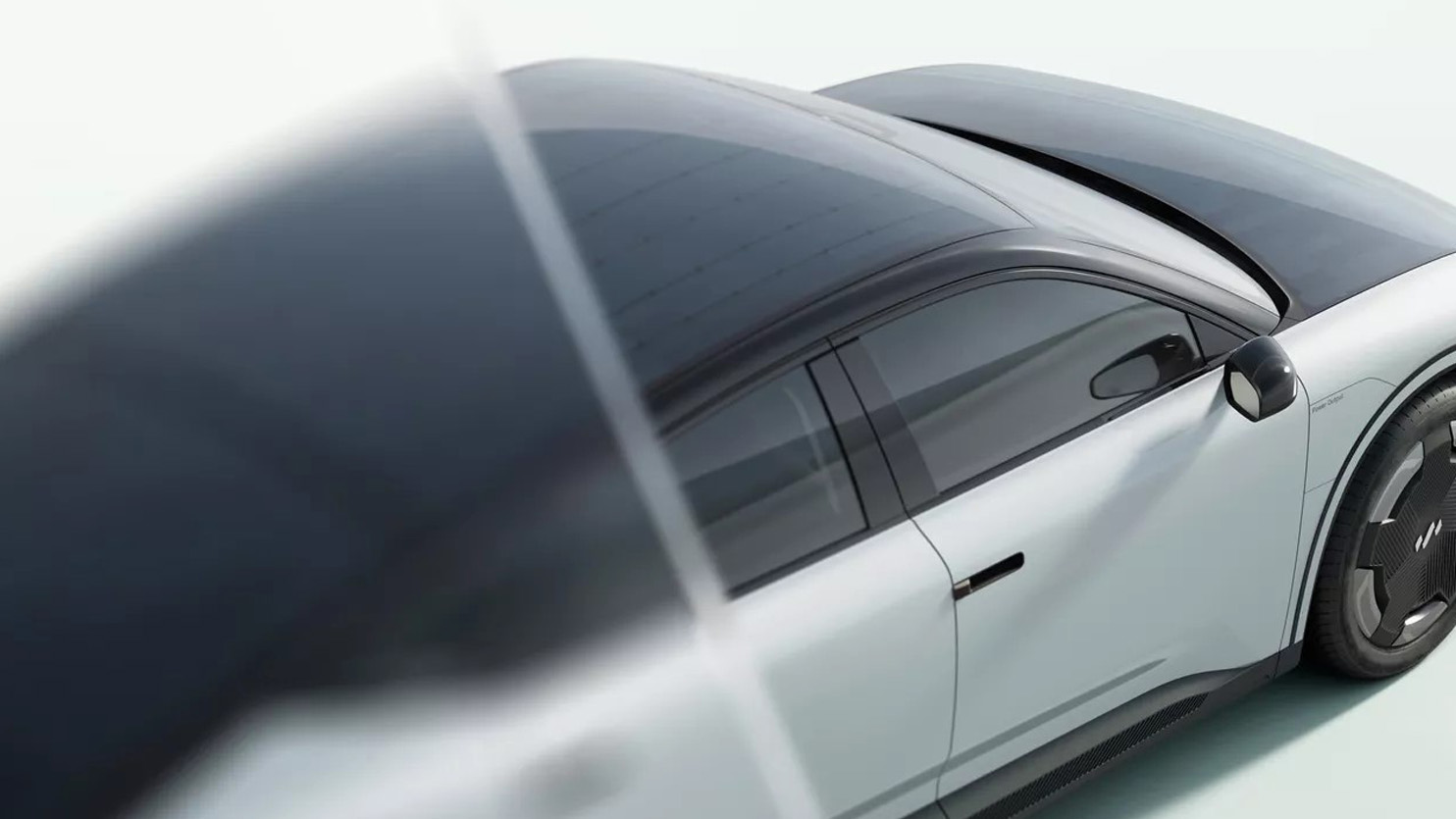
Expert survey technical requirements
This report (2024) presents an overview of the technical requirements and challenges for successful adoption of VIPV technology.
Solar panels on lorries and buses
Solar panels can now mainly be seen as an add-on on the roofs of lorries and buses. The roof is eminently suitable due to its large surface area and big lorries can fit just as many solar panels as an average house.
We’re now investigating which materials, construction, and methods for securing the panels are the most suitable for real integration in the body part of the vehicles. And how we can produce the solar parts most efficiently, not only on the roofs, but also on the sides.
The transport sector and manufacturers have high expectations for this technology, which should result in cost savings and lower emissions of CO2 and hazardous substances like diesel particulate. This will also enable lorries to meet the requirements for environmental zones in city centres as well as the EU emission targets.
Recently it was announced that Solar will be included as one of the possible emission reduction options in the EU VECTO tool. This is paving the way for a positive business case.
Electric vehicles in the energy system
Electric vehicles will probably be an important part of total energy storage in the energy system of the future. This is because the amount of energy from the batteries of all electric cars together is considerable. It can be used to match supply and demand. We’re investigating how the charging structure can be optimally designed for this, with three functions:
- Charging the car. This remains necessary, as solar energy alone will never be sufficient.
- The sale of cheaply purchased power from private car owners to other parties in the event of scarcity.
- Logistics and planning for electric vehicle fleets to make use of day-ahead electricity markets.
We’re working on the architecture of energy networks of the future. For example, there should be a good balance between sufficient capacity, flexibility, and costs. In Eindhoven, together with grid manager Enexis and ElaadNL, among others, we’ve demonstrated how an energy system with electric cars can work in practice. In addition, charging points could also be fitted with solar panels, as in the photo, so that the solar energy thus generated could be fed directly into the charging point.
European project
An international public-private consortium addresses how solar-powered vehicles can support the transition to an all-electric transport system in the EU. The consortium named SolarMoves consists of TNO, Fraunhofer Institute for Solar Energy Systems, Sono Motors, Lightyear Layer, and IM Efficiency.
This pilot project explores the potential of solar-powered vehicles and its impact on the electrical recharging infrastructure and advices policy on suitable regulations for Europe in the coming years.
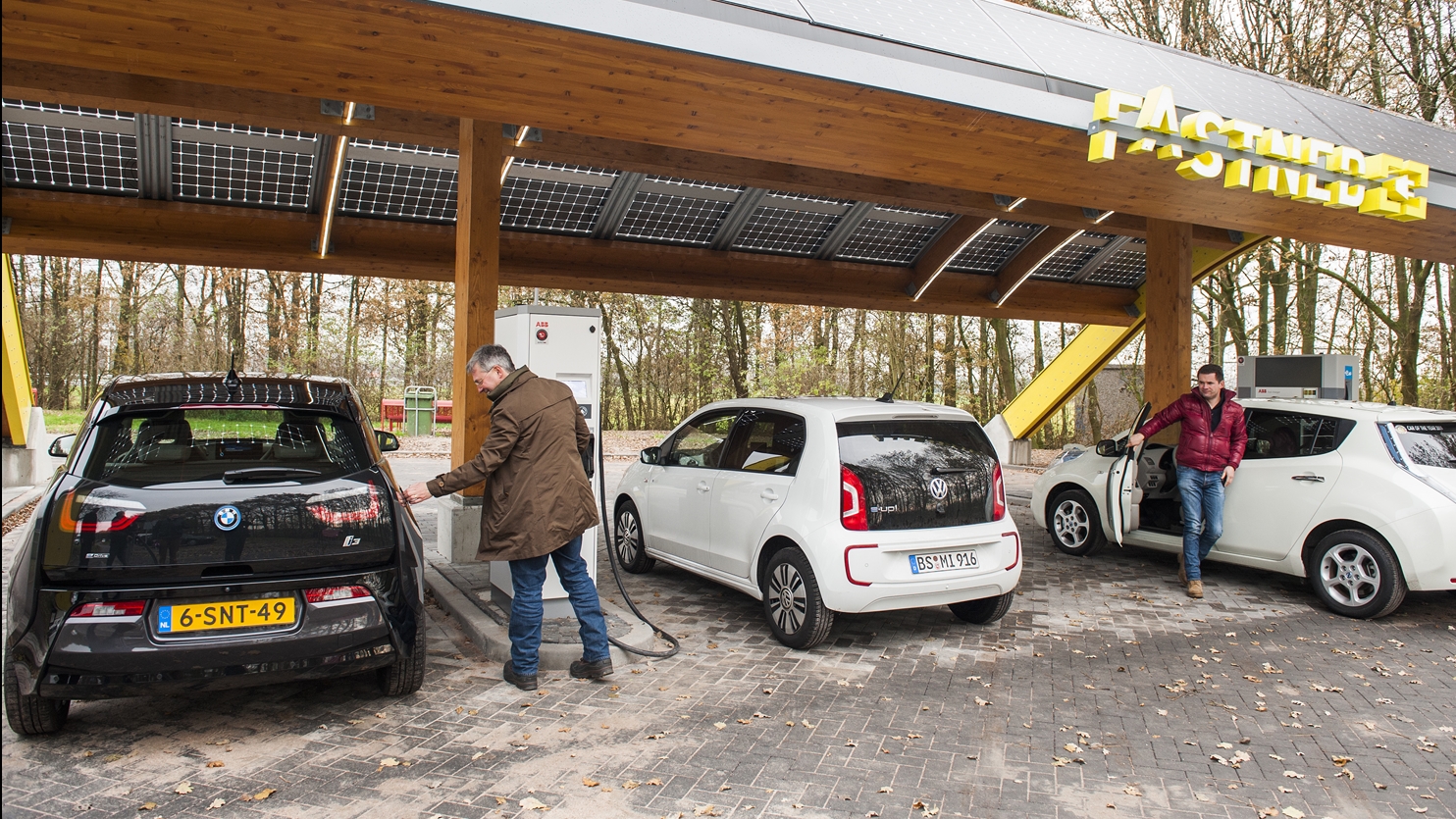
Curved solar panels for cars
TNO is working on solar cells that can be incorporated into curved parts, such as the roof, the bonnet, and the tailgate.
The parts can be polymer or glass based, depending on the automotive safety regulations for the specific part. The developments include both TNO's back contact technology as well as other silicon and perovksite cell technologies and is suitable for integrating tandem cells as well. Dedicated cell interconnection schemes are designed to ensure optimal performance despite the intrinsic irradiance differences resulting from the curved surface.
Safety
TNO has published a proposal for homologation of VIPV parts together with Fraunhofer ISE. Most of the homologation test can be performed at TNO and we can also perform tests at our partners. Furthermore we develop new tests to ensure the safety of current and future VIPV technologies.
Projects
- SolarMoves
- Solar NL Groeifonds
- PPS Massive
Clients
- DG Move
- Tux
- Leading automotive company
More on VIPV
Find all VIPV publications.
Get inspired
Shade screens with rollable solar foil combines energy generation with climate control in greenhouses
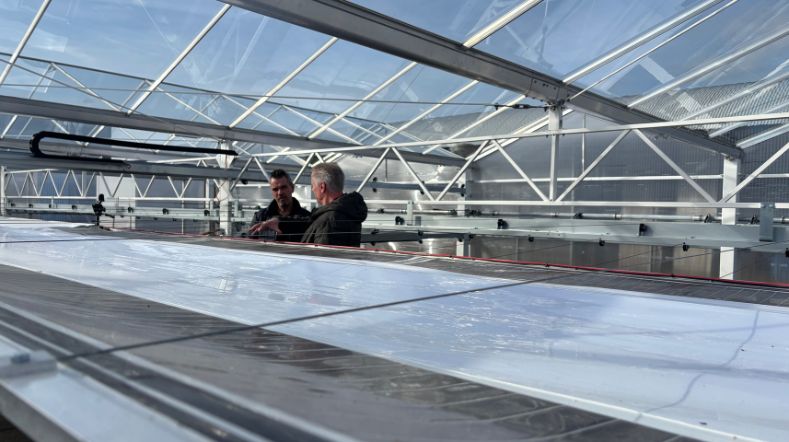

Building fires with solar panels mapped for the first time
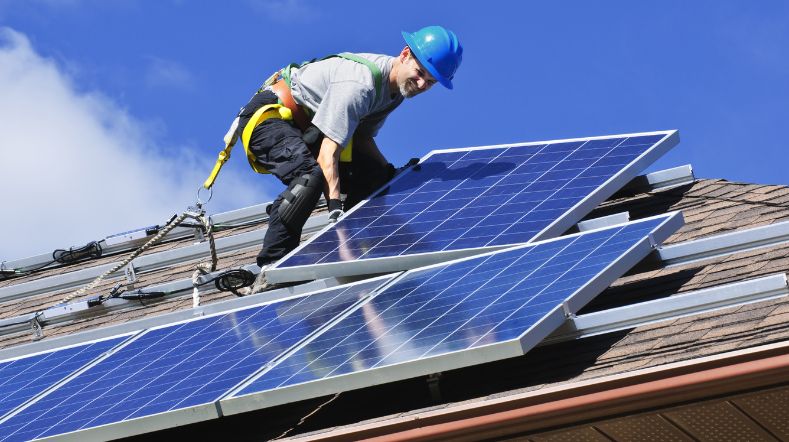

New multifunctional solar window generates energy by reflecting light
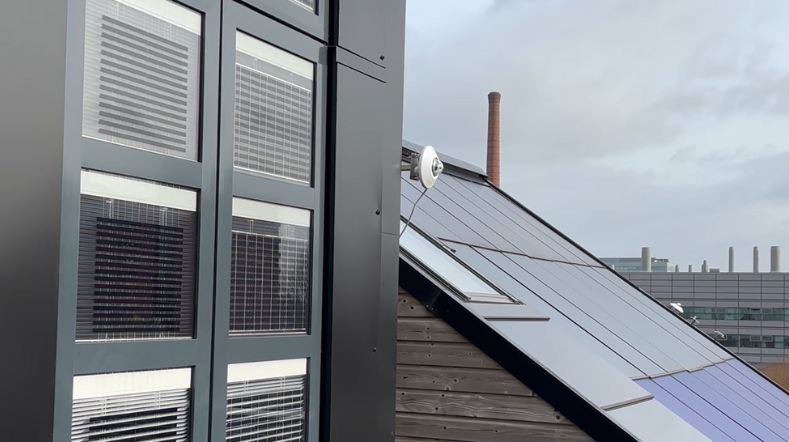

Webinar: Solar energy in Brabant - Building a sustainable future for Europe
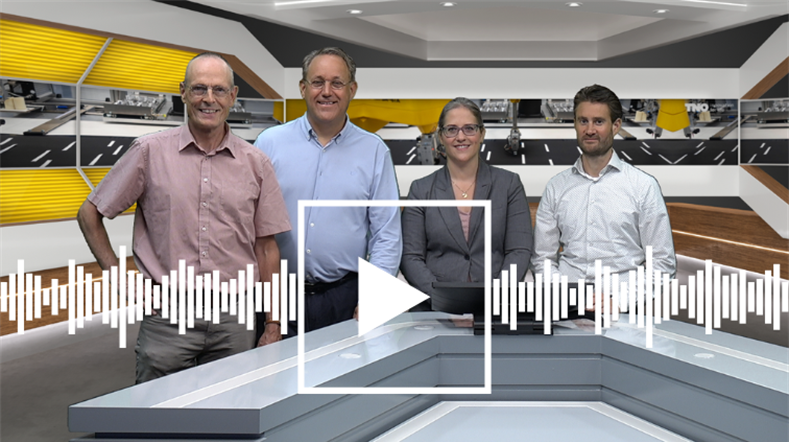

Carbon footprint floating solar energy systems similar to land systems
